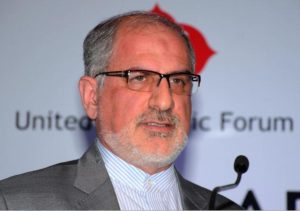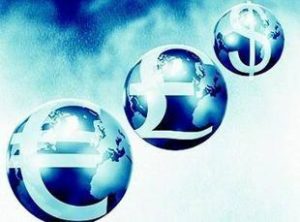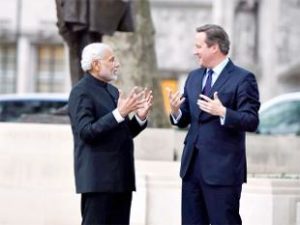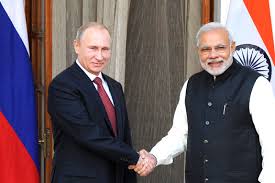
Iran’s Ambassador to India Gholamreza Ansari at the inaugural session of the United Economic Forum’s Trade Summit 2015 in Chennai on Saturday.
India is on top of Iran’s list of partners with which it plans to strengthen economic ties in the region, according to Ghulam Raza Ansari, Ambassador of Iran to India.
Ansari, who just returned from Iran after participating in a seminar on its economic direction post-sanctions, said that the countries in the region had been Iran’s biggest asset in tiding over a three-decade long sanction imposed by the West.
Iran had managed the sanctions and achieved its rights through diplomacy and cooperation. It will first focus on growing trade relations in the region and India is a top priority. There is a great opportunity for both countries to increase economic relations across a wide range of sectors such as oil and gas including transmission, metal, food and agriculture.
Tamil Nadu particularly was first destination of Iran’s investments when it invested in 1960s in petrochemicals and refinery, he said, addressing the inaugural function of a two-day trade summit organised by the United Economic Forum, a platform for the socio-economic development of muslims.
Mufti Mohammad Sayeed, Chief Minister, Jammu and Kashmir, said education is the key to the development of the community.
The Sachar Committee, which had been appointed by the previous Central Government to go into socio economic status of Muslims and make recommendations for their development, had pointed out that educational backwardness was the reason for economic backwardness.
The Committee’s recommendations such as starting quality government schools in areas where there are Muslims, schools for girls and skill development facilities need to be implemented. Degrees awarded by traditional institutions such as the Madarasas must be recognised in mainstream education and competitive exams, he said.
Ahmed AR Buhari, President, UEF, said India is a bright spot in the globe in terms of economic development. The forum is actively participating in the ‘Make in India’ campaign launched by the Prime Minister, Narendra Modi.
UEF has set a target of garnering ₹ 10,000 crore in investments during the two-day summit and has tied up investments of over ₹ 2,000 crore on the first day across a range of sectors including tourism, hospitality, real estate and logistics.





